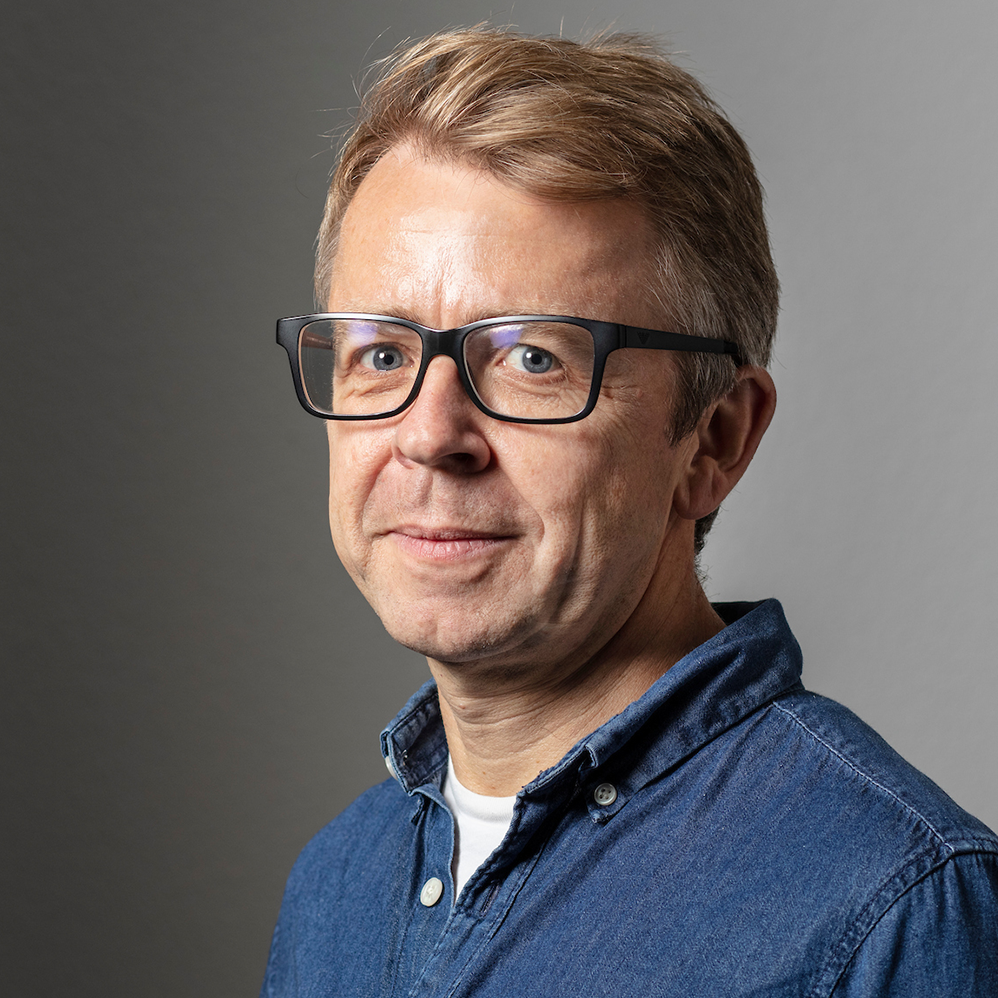
How a global plan to preserve forests launched a carbon offset debate

Efforts to preserve rainforests were high on the agenda at the latest United Nations climate conference, held at the edge of the Amazon. The journey of a UN-backed scheme to prevent deforestation through carbon payments and offsets exposes the challenges of influencing climate-related practices from afar.
In 2013, two years ahead of the historic Paris climate agreement, countries met in Poland and agreed on the Warsaw Framework for REDD+, a United Nations-backed framework to “reduce emissions from deforestation and forest degradation”. The plan set rules to help countries implement programmes to monitor deforestation, providing technical assistance to assess emissions, verify, report and develop social and environmental safeguards. The Warsaw agreement integrated elements of earlier initiatives, namely the UN-REDD programme, a partnership to assist developing countries on these issues.
Under the REDD+ framework, developed countries can provide publicly-sourced results-based payments for emissions reductions to less-wealthy countries, in which many of the world’s key forests are located, when the countries reduce deforestation. But over the years, with the UN Framework Conference for Climate Change, the body that oversees climate negotiations, acknowledging that climate finance may also come from a range of other sources, such agreements have expanded to the private sector.
While REDD+ was essentially developed by governments, Indigenous communities, which have proven themselves to be the best guardians of the forest, felt that their interests were not being properly recognised by their authorities when developing the forest preservation scheme. A number of Indigenous organisations, including the Amarakaeri Communal Reserve in Peru, therefore developed their own REDD+ strategies that would better represent local communities’ requirements – such as the respecting and guaranteeing the collective rights of the communities and their ways of life that go in harmony with nature — though this has proven difficult in practice, with large swaths of land at times falling to the drug trade and other illegal activities.

More
Drug trade, land grabs threaten Amazon communities on climate front lines
To monitor its programmes, the UN climate change body (UNFCCC) launched the REDD+ Web PlatformExternal link, which publishes country-level information relating to reducing emissions from deforestation and result-based payments. Switzerland’s development agency contributed CHF5 million to UN-REDD between 2021 and 2025.
In 2015, the Paris agreement incorporated a number of REDD+ elements and considered forests as a key part of the climate solution.
Carbon markets – and their shortcomings -d evelop
Over the past decade, the concepts of “carbon markets” and “carbon credits” – buying and selling the ability to prevent carbon from being released into the atmosphere – took off.
That meant that as REDD+ evolved, the concept expanded beyond negotiated agreements at UN climate talks. In absence of agreed international guidelines or rulebooks, governments and the private sector worked directly on projects in developing countries to offset their emissions.
Through the voluntary carbon market established under Article 6.4 of the Paris agreement, private-sector actors became increasingly involved, gaining the ability to buy and sell carbon credits through REDD+ projects, though clear guidance on how this may be done was only agreed by countries last year.
The rapid spread of private carbon credit projects have raised concerns among experts who question the science behind some of the many schemes to offset emissions through forest preservation. In 2023, media reportsExternal link found that Verra, an organisation that assesses carbon credits, had approved offsets that did not represent real carbon reductions. Gabriel Labbate, climate mitigation unit head at the UN Environment Programme (UNEP), explains that in the absence of detailed rules for the voluntary carbon markets, private firms did what they could to get the credits they could. “There was no other way at that moment,” he said, adding that “there was a lot of leeway” for project developers in trading credits.
Labbate regrets that the media reports around approval of suspect carbon credits had the effect of “scaring off” private investors from engaging in forest preservation projects and impacted goals toward reducing deforestation. In October, a UNEP reportExternal link found that investments in forests – including carbon markets, philanthropic funding and private capital – were lacking. The report said funding needed to more than triple, from $83 billion in 2023 to $300 billion in 2030, to realise forests’ potential in addressing climate change.
At last year’s UN climate conference, nations agreed on new rules for Article 6.4 voluntary carbon markets that increased transparency and allowed key information to be made available to the public, as well as established UN supervision of the carbon market that generates carbon credits.
Inspiration for Switzerland
The ability to offset carbon emissions by paying for carbon-reducing activities elsewhere became a cornerstone of several countries’ climate strategies when Article 6.2 was introduced under the Paris Agreement. This mechanism allows for offset payments to take place on the national level, not unlike payments to poorer nations struggling with deforestation that evolved since REDD+ was introduced years before.
Switzerland, the key instigator of bilateral deals to offset its emissions in developing countries, is using Article 6.2 to compensate one-third of its own emissions abroad. At the COP30 in Brazil, Switzerland launched an alliance of countries working together on Article 6.2 agreements to help developed countries fund emissions reductions projects outside their borders. Participants include Luxembourg, Norway and Sweden, as well as Peru, Chile, Mongolia, Ghana and Zambia.
Switzerland has faced mounting criticism from civil society groups and climate experts who argue that more needs to be done within Swiss borders to lower emissions and that “foreign offsets” are not the best mechanism to tackle climate change.
Bettina Dürr, climate programme manager at the NGO Swiss Lenten Fund, says that those projects have not been without issues, including reported labour rights violationsExternal link at a factory in Thailand which is part of a Swiss offsetting scheme. Elsewhere, she added, “a lot of offsetting projects have human rights issues, especially with regard to free, prior, informed consent, including for Indigenous communities.”

More
Emission reductions: the countries doing the ‘dirty work’ for Switzerland
Building back up
When it comes to the controversy around carbon offset projects implemented under a REDD+ tag, Labbate says a few bad actors had outsized impact on the project’s trajectory.
“There was a share of people who I wish had never gotten into this business,” he says. “But, at the same time, there were people doing things the way we wanted them to do.”
Labbate adds that it will take time before carbon market buyers return in full force to buy credits to preserve forests, and the markets should stay in place in the meantime.
“Let’s not throw the baby out with the bath water,” he urges.
Meanwhile, Verra has introduced a new methodology and tools to generate carbon credits, including safeguards to improve the transparency and integrity of its Verified Carbon Standard (VCS), the most widely used carbon crediting programme. The methodology includes a new approach to calculating emissions reductions.
More
Edited by Gabe Bullard and Veronica DeVore

In compliance with the JTI standards
More: SWI swissinfo.ch certified by the Journalism Trust Initiative




























You can find an overview of ongoing debates with our journalists here . Please join us!
If you want to start a conversation about a topic raised in this article or want to report factual errors, email us at english@swissinfo.ch.